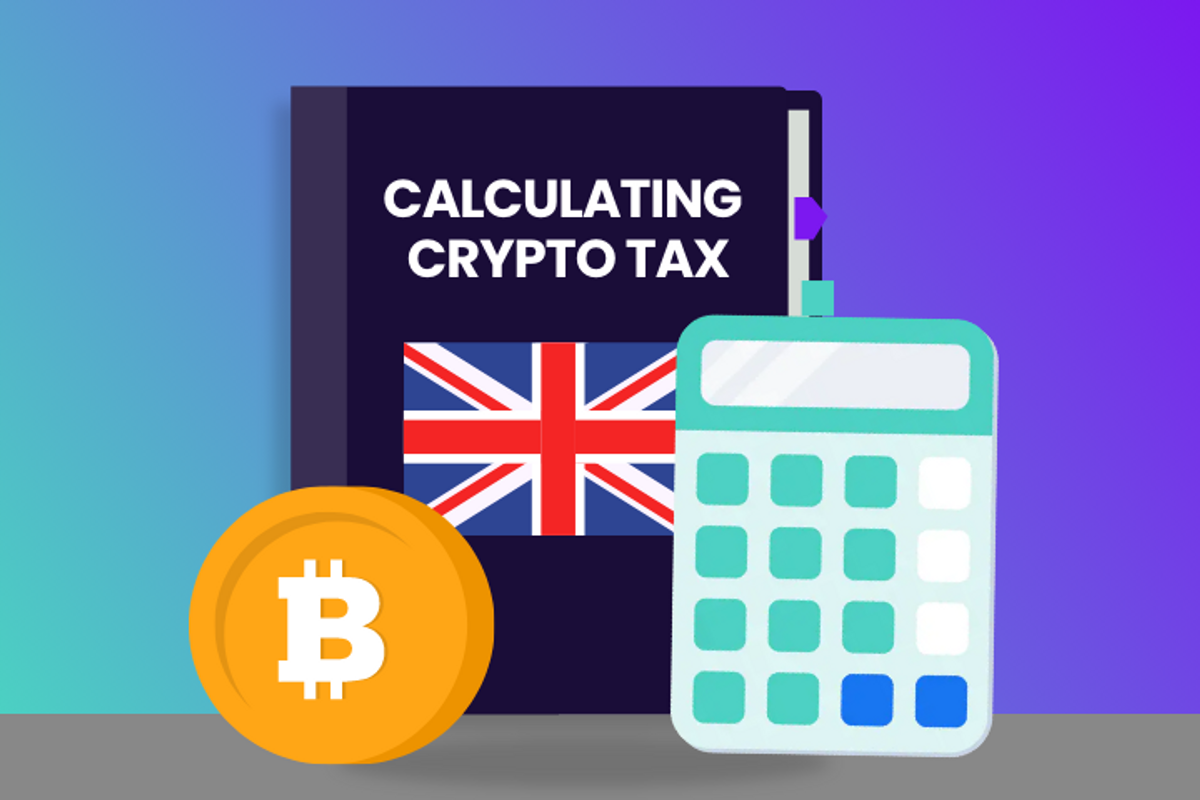
Stablecoins have risen to prominence in recent years as a haven of stability within the volatile cryptocurrency landscape. Their appeal lies in their ability to maintain a consistent value as they are pegged to assets like fiat currencies or commodities. This reliability has made them a popular choice for crypto investors seeking stability. In the UK, the passage of The Financial Services and Markets Act 2023, a bill which will bring stablecoins into the scope of payments rules means their popularity is likely to rise.
Stablecoins are taxed in the same way as other cryptocurrencies; your assets will be subject to capital gains tax or income tax depending on the type of activity.
In this article we explore what stablecoins are, how they work and how they are taxed.
Disclaimer
This guide is intended as a generic informative piece. This is not accounting or tax advice that can be relied upon for any UK individual’s specific circumstances. Please speak to a qualified tax advisor about your specific circumstances before acting upon any of the information in this article.
What are stablecoins?
Stablecoins are a distinct type of cryptoasset designed to maintain a steady stable value relative to a specific asset such as fiat currencies, commodities, precious metals or even other cryptocurrencies. Their key advantage is their ability to minimise the price volatility that plagues cryptocurrencies like Bitcoin and Ethereum whilst maintaining the utility of crypto. Because of this they have appeal to both crypto and traditional market investors.
How do stablecoins work?
Stablecoins are built with certain mechanisms to maintain stability in order to reduce risk. We look into the different types of stablecoin below.
What are the different types of stablecoins?
There are four main types of stablecoins - fiat backed, crypto backed, commodity backed and algorithmic backed stablecoins. While the goal to maintain stability always remains the same, the way this is achieved depends on the mechanism of the stablecoin…
Fiat backed stablecoins
Fiat backed stablecoins are cryptoassets backed by a specific fiat currency, for example Tether (USDT) and the Gemini Dollar (GUSD) are backed by the US dollar. These stablecoins maintain a value equivalent to the fiat currency on a one-to-one basis, meaning one unit of the stablecoin is worth one unit of the fiat currency. They aim to minimise price fluctuations, making them useful for everyday transactions in comparison to more volatile cryptoassets.
Issuers of fiat backed stablecoins maintain a reserve of the corresponding fiat currency for each unit of the stablecoin in circulation. As these reserves are maintained by central entities who are subject to regulation, fiat backed stablecoins add a layer of trust for investors as it’s likely they will go through Know Your Customer (KYC) and Anti Money Laundering (AML) checks.
Commodity backed stablecoins
Commodity backed stablecoins are tied to the value of physical assets like precious metals and backed by reserves held by a central entity. Gold is the most common commodity backed stablecoin, other examples include silver, oil and even real estate. Commodity backed stablecoins are useful as they make assets like gold more accessible and easier to invest in by removing physical barriers like location and storage. As they are linked to the value of the asset, they can however, fluctuate in value.
Examples include Paxos Gold (PAXG), each token of which is backed by one troy ounce of a 400-ounce London Good Delivery gold bar, and Silver Token (SLVT), where each token represents 1.036 ounces of investment-grade silver.
Crypto backed stablecoins
Crypto backed stablecoins, also known as decentralised stablecoins, derive their value and stability from cryptocurrencies or digital assets rather than traditional fiat currency. Crypto backed stablecoins are often built on decentralised blockchain platforms like Ethereum, they operate without a central issuer and are maintained by a network of participants through smart contracts.
When acquiring a crypto backed stablecoin, you essentially lock your cryptocurrency as collateral within a smart contract, in return for tokens of equivalent value. Subsequently, you redeposit your stablecoin back into the same smart contract, to withdraw your initial collateral.
DAI is one of the most popular stablecoins, it can be collateralised against many Ethereum based assets like Eth (ETH), Basic Attention Token (BAT) and Wrapped Bitcoin (wBTC) and seeks to maintain a one-to-one ratio with the US dollar.
To ensure they maintain their stability, crypto-backed stablecoins are typically overcollateralised, meaning that the value of the cryptocurrency used as collateral, exceeds the value of the stablecoins in circulation. The backing collateral is also typically visible on the blockchain, providing transparency to users. Crypto backed stablecoins are used in various DeFi (decentralised finance) applications like lending, borrowing, yield farming and trading.
Crypto-backed stablecoins are an alternative to fiat backed stablecoins offering users the benefits of decentralised finance and blockchain tech with price stability. That said, you should still be aware of the potential risks associated with the volatility of the collateralised asset.
Algorithmic backed stablecoins
Algorithmic backed stablecoins, or hybrid stablecoins achieve stability through algorithmic mechanisms and smart contracts, dynamically adjusting the supply of the stablecoin based on market demand and supply. When demand for the stablecoin increases the algorithm expands supply, creating new tokens, and when demand decreases it burns tokens to lower supply.
Algorithmic stablecoins typically have a price target like the US dollar or a metric determined by the algorithm such as the total value of collateral in the system. They are normally built on decentralised blockchains chains like Ethereum, operating without a central issuer, with users interacting with the stablecoin through smart contracts.
Algorithmic backed stablecoins are appealing because they don’t require the backing of traditional assets, however, they come with certain risks, including the potential for fluctuations in supply and demand that could impact the stability of the coin's value.
Ampleforth (AMPL) is an example of an algorithmic backed stablecoin on the Ethereum blockchain.
How are stablecoins taxed?
Stablecoins, like other cryptocurrencies, are subject to both capital gains tax (CGT) and income tax. When you dispose of stablecoins, you'll incur a capital gain or loss that must be considered for taxation. Similarly, if you earn income or rewards from stablecoins, you need to report this as taxable income. While it's unlikely that the gains or losses will significantly impact your tax liability, it's crucial to keep a record of these transactions for tax purposes. Let's explore the tax treatment of stablecoins in more detail.
Capital gains tax
In the UK, every time you dispose of a cryptoasset, including stablecoins, you trigger a capital gain or loss. If your total capital gains in the tax year exceed the annual capital gains allowance, you'll be liable to pay capital gains tax.
HMRC guidelines confirm that disposals encompass a range of actions, such as:
- Selling crypto assets for fiat currency
- Exchanging one crypto asset for another
- Using crypto to make purchases or pay for services
- Gifting crypto assets to someone other than a spouse or civil partner or qualifying charity
HMRC has also clarified that certain DeFi transactions may be subject to CGT if a change in beneficial ownership occurs when locking up and unlocking tokens. These transactions include:
- Lending your crypto assets
- Staking your crypto assets
- Adding or removing crypto assets from a liquidity pool
- Depositing crypto assets as collateral for a loan
For more comprehensive guidance on DeFi taxation, please refer to our DeFi tax guide.
Given that stablecoins are designed to maintain a relatively stable value, you are unlikely to experience significant capital gains or losses when disposing of them. Nevertheless, it's essential to include these transactions in your calculations and maintain records for HMRC.
Income tax
In the UK, some returns from crypto, including stablecoins are treated as taxable income and taxed at your regular income tax rate. It is likely that the following crypto activity is taxed as income, based on HMRC guidance:
- Staking rewards
- Liquidity pool rewards
- Lending rewards
For a comprehensive overview of how cryptocurrency is taxed in the UK head to our UK crypto tax guide.
How to calculate stablecoin taxes
Calculating taxes on your stablecoin transactions is a breeze with the assistance of crypto tax software like Recap. Simply connect your accounts and wallets and Recap takes the hassle away. It identifies all your taxable transactions and calculates capital gains (or losses) and income tax obligations, tailored to the rules of your specific tax jurisdiction.
Crypto tax calculators come to the rescue, particularly for crypto investors navigating a complex trading history brimming with numerous transactions. They not only save you valuable time but also ensure the accuracy of your tax calculations. They are especially beneficial for stablecoin investors, where record-keeping can feel like a chore. Crypto tax calculators efficiently handle the meticulous details, including those stablecoin transactions that might have minimal impact on your tax position but still need to be accounted for – a convenience that aligns perfectly with HMRC requirements.



